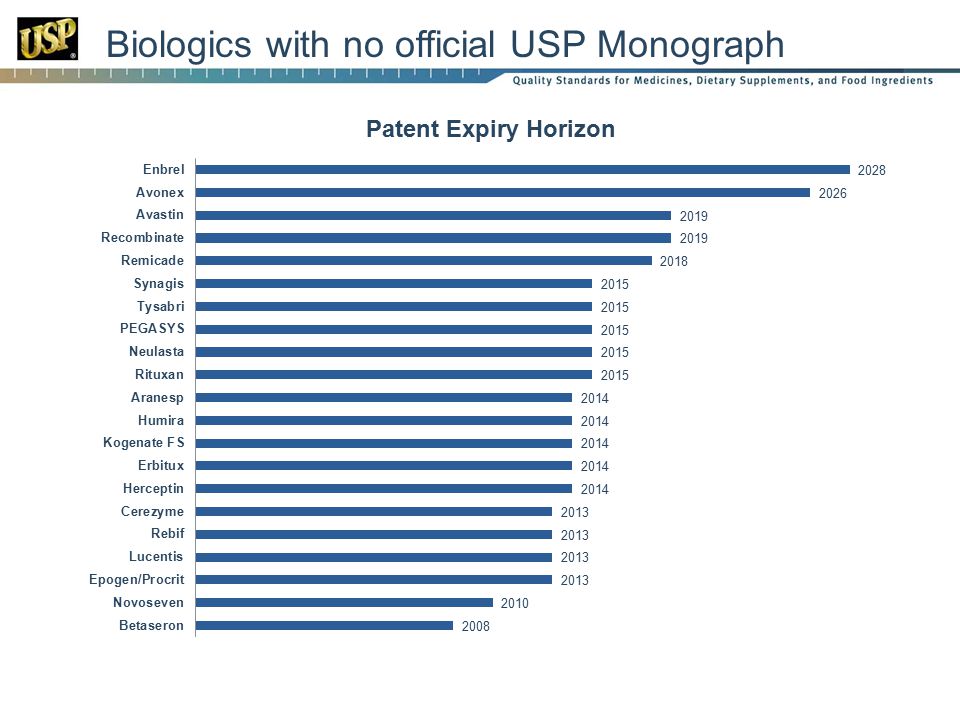Usp Monograph Filgrastim
Sep 27, 2017 - Discussion. Filgrastim Revision i. Monograph Revision. 
The companion to last year’s 21 st Century Cures Act could help biosimilars bypass a potential roadblock to patient access. The bill would exempt biologics from the U.S. Food, Drug and Cosmetic Act’s requirement to meet specifications from the United States Pharmacopeia (USP) compendium. Otherwise, applying the compendium requirements to biologics and biosimilars might cause the drugs unintentionally to be labeled “adulterated” or “misbranded,” unnecessarily delaying access for patients. Why Monographs Matter USP’s compendium, known as the United States Pharmacopeia and National Formulary, is the country’s official compilation of information on approved drugs. Issued by USP, the compendium includes comprehensive descriptions of active pharmaceutical ingredients and drug products. Known as “monographs,” these descriptions act as public standards used by the Food and Drug Administration (FDA) to gauge drug quality, purity and content.
Free lyrics to songs. The compendium also plays a role in drug naming. The name used in the USP monograph appears on the drug’s label and, if a drug bears a name other than the one recorded in the USP, it can be considered “mislabeled” under federal law. Similarly, if a drug’s construction varies from the description in USP’s monograph, the medication can be deemed “adulterated.” Either result can lead to the drug being pulled from the market and out of consumers’ hands. The Naming Debate Revisited By exempting biologics from compendium standards, the Senate bill might protect regulatory progress on the issue of naming. In, the FDA has acknowledged the value of distinct names for clarity and pharmacovigilance with biological drugs.

Consistent with the, the agency proposes using suffixes to distinguish one biologic or biosimilar from another. Physicians and patient advocates have also aligned on the issue. They that distinct names will alert physicians to slight variations between products, dispel confusion about which indications correspond to which biologic medications, and aid the cause of pharmacovigilance.
Distinct names allow physicians and regulators to quickly, accurately trace adverse events back to their origin. The USP, however, prefers the “” approach used for traditional drugs and their generic counterparts, whereby generics carry the same non-proprietary name as their reference product. A Power Struggle over Naming Opposing stances belie a deeper difference of opinion about which body – the FDA or the USP – has the final word on drug names.
According to, the non-proprietary name selected by the Food and Drug Administration is interim until the USP creates the drug’s monograph. The FDA sees things differently, as explained in a March 2015 article from The Pink Sheet (“The Curious Case of FDA, Zarxio’s Name and the USP Monograph”). As the article explains, the issue came to a head during the 2015 approval process for the first U.S. The FDA determined that the innovator filgrastim’s monograph did not apply to Sandoz’s biosimilar and issued the drug the placeholder name “filgrastim-sndz.” The USP, however, contended that the FDA’s name “would not be considered final by law.” Though the USP is a nonprofit, not a government entity, its authority on drug quality is recognized by federal statute. Exempting biologics from adherence to the compendium could reduce confusion and potential delays in access stemming from a disagreement between the FDA and the USP. It could also reduce the likelihood that a drug bearing its FDA-given name might be considered “mislabeled” for not bearing the name selected by the USP. Quality & Adulteration The issue of drug quality and adulteration present yet another challenge for biological drugs under the USP system.